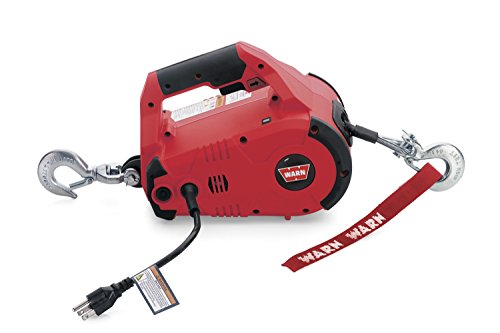Fuel, Octane, and Ignition Timing
I would like to discuss fuel and timing because Octane, fuel burn rate, ignition timing, and load are very much related to one another.
We'll start with the basics. Jump in anytime with questions or comments. When we understand how these items relate, it improves our ability to get our vehicles running their best.
Let's pretend we started our own fuel company. How do we decide what chemicals to use and what Octane reading is appropriate? Will our fuel be compatible with our customer's vehicle?
Our customer expects easy starting, smooth idle, and lots of power.
So first we must discuss PCP. That's Peak Combustion Pressure. The term describes at what crankshaft angle we get peak “pressure” pushing down on the piston. This angle is 16 degrees after top dead center (ATDC).
If the pressure peaks too soon or too late you lose the mechanical leverage needed for great power.
All fuel burns at the same rate all the time, so we just mix up some some stuff that works with 10 degrees of timing advance at idle, and 40 degrees at full throttle and our problem is solved, right?
Not so fast!
Fuel does NOT burn at the same rate all the time!
We must consider our customers needs:
engine compression==> Do they have 8:1 or 12:1?
vehicle load==> Is their vehicle light or heavy?
gearing==>Is it geared for mileage or power?
terrain==>Do they ride on flat ground or tall hills?
**BREAK TIME**
Next we'll move to Octane...something we've all read about and maybe don't totally understand.
If you have questions please ask now...
I would like to discuss fuel and timing because Octane, fuel burn rate, ignition timing, and load are very much related to one another.
We'll start with the basics. Jump in anytime with questions or comments. When we understand how these items relate, it improves our ability to get our vehicles running their best.
Let's pretend we started our own fuel company. How do we decide what chemicals to use and what Octane reading is appropriate? Will our fuel be compatible with our customer's vehicle?
Our customer expects easy starting, smooth idle, and lots of power.
So first we must discuss PCP. That's Peak Combustion Pressure. The term describes at what crankshaft angle we get peak “pressure” pushing down on the piston. This angle is 16 degrees after top dead center (ATDC).
If the pressure peaks too soon or too late you lose the mechanical leverage needed for great power.
All fuel burns at the same rate all the time, so we just mix up some some stuff that works with 10 degrees of timing advance at idle, and 40 degrees at full throttle and our problem is solved, right?
Not so fast!
Fuel does NOT burn at the same rate all the time!
We must consider our customers needs:
engine compression==> Do they have 8:1 or 12:1?
vehicle load==> Is their vehicle light or heavy?
gearing==>Is it geared for mileage or power?
terrain==>Do they ride on flat ground or tall hills?
**BREAK TIME**
Next we'll move to Octane...something we've all read about and maybe don't totally understand.
If you have questions please ask now...




















































